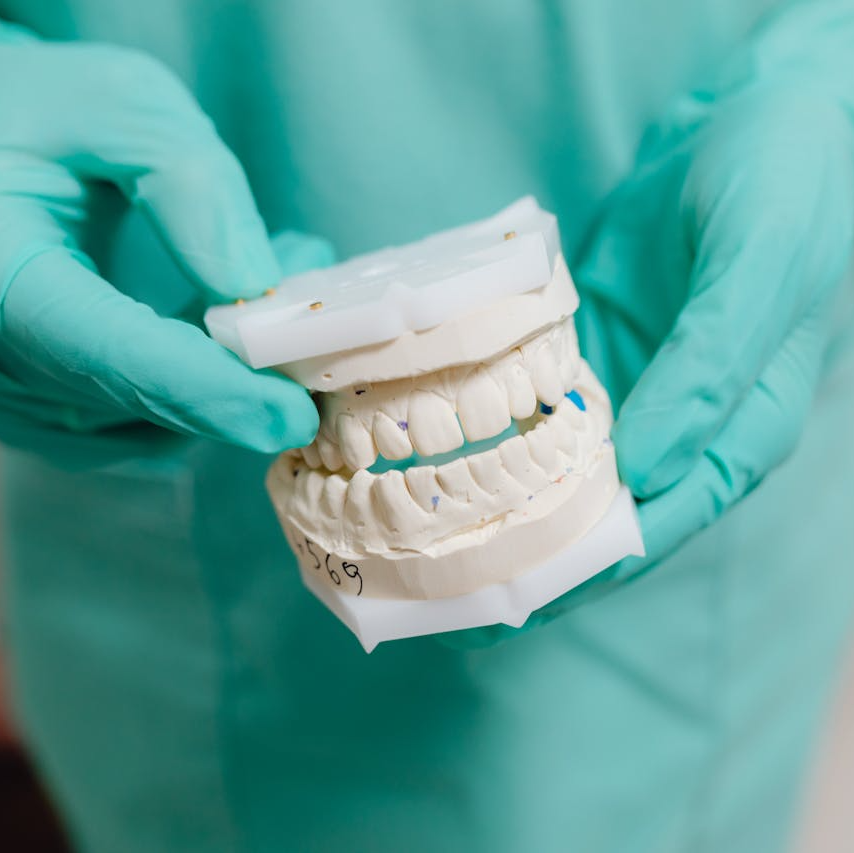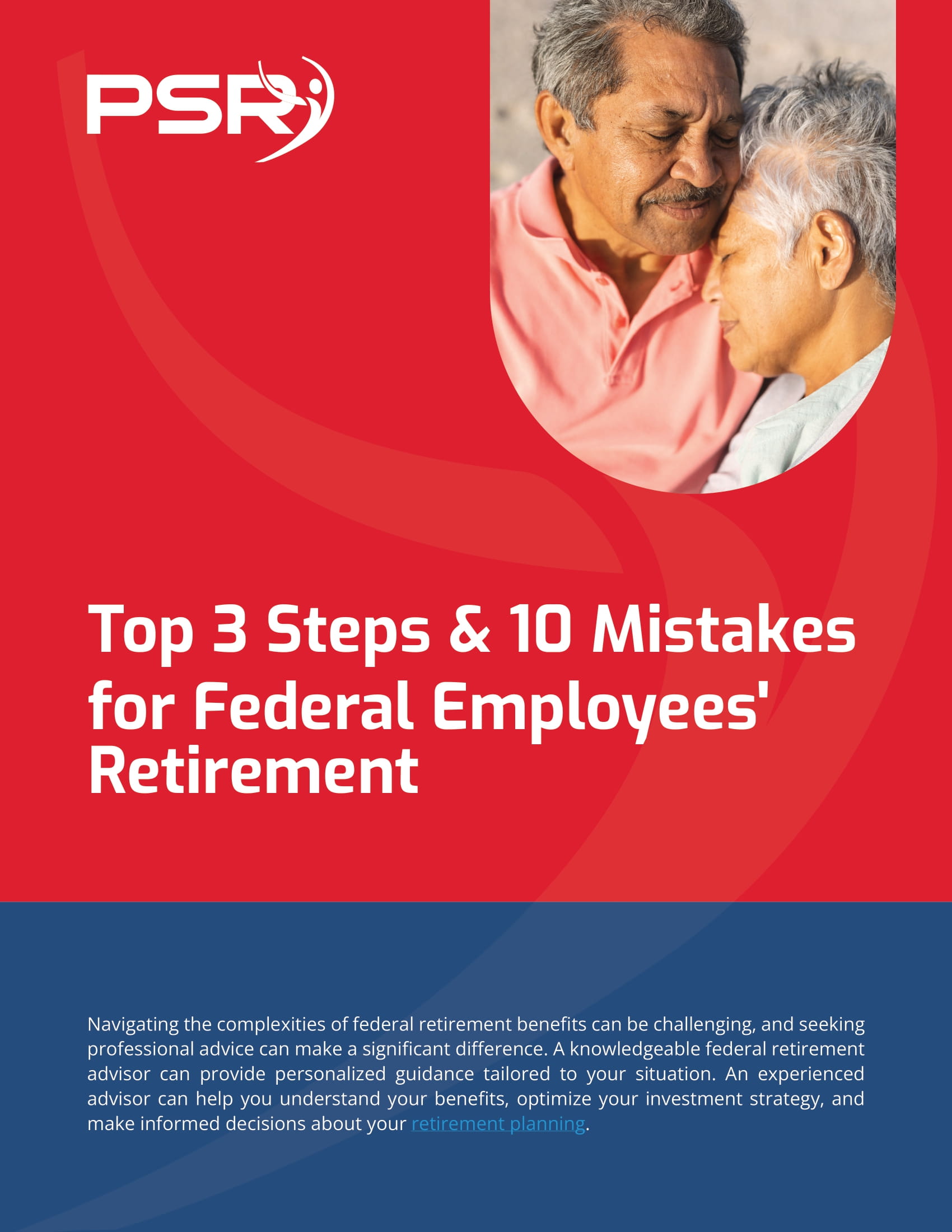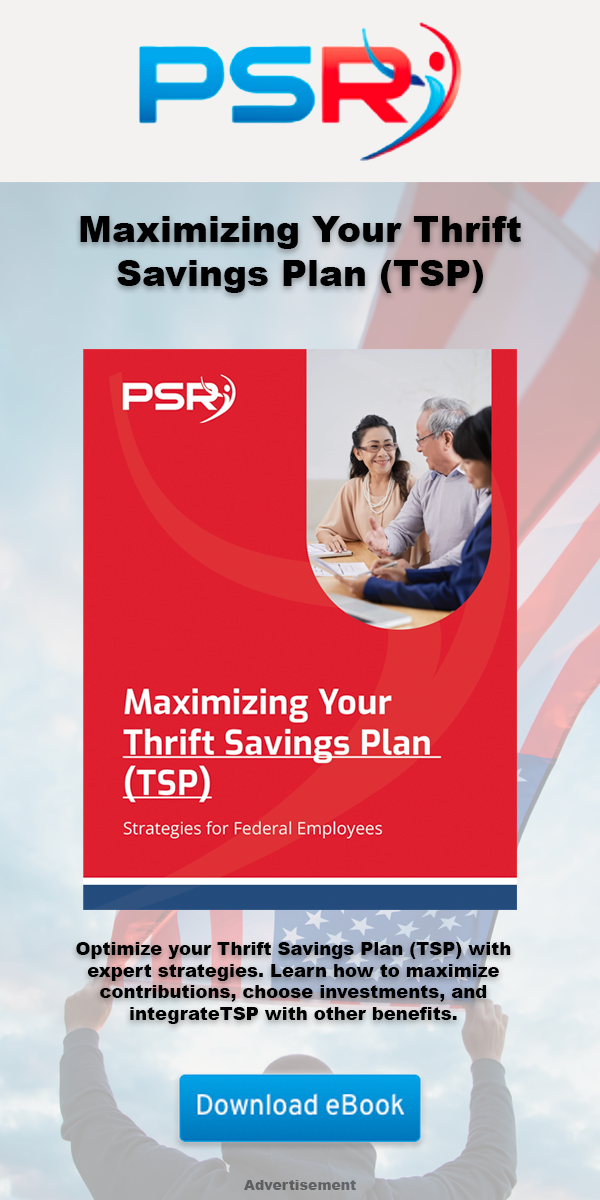Key Takeaways
-
Dental and vision expenses often rise in retirement, and FEDVIP remains one of the few stable, high-quality coverage options available to government retirees.
-
FEDVIP enrollment is not automatic at retirement; you must actively choose to keep it, or you could lose out on critical benefits.
Why Dental and Vision Care Demand More Attention in Retirement
- Also Read: What Happens to Your Federal Benefits After Divorce? Here’s the Lowdown
- Also Read: The Best FEHB Plans for 2025: Which One Fits Your Lifestyle and Budget the Best?
- Also Read: Special Retirement Options for FAA and LEO Employees: Are You Taking Advantage of What’s Available?
Dental and vision needs often increase with age. Gum disease, root canals, crowns, cataracts, glaucoma, and prescription eyewear replacements become common and recurring expenses. These services are rarely covered under standard health insurance. That’s where the Federal Employees Dental and Vision Insurance Program (FEDVIP) becomes especially relevant.
FEDVIP is not just an optional add-on. For many government retirees, it fills a critical gap—protecting you from high out-of-pocket costs that could easily eat into your fixed retirement income.
What Makes FEDVIP Stand Out in Retirement
The Federal Employees Dental and Vision Insurance Program remains an attractive offering in 2025 due to the following reasons:
Broad Eligibility
You are eligible to continue FEDVIP into retirement if:
-
You retired with an immediate annuity (under FERS or CSRS), or
-
You qualify under MRA+10 provisions with coverage active at the time of retirement.
Spouses and eligible family members can also remain covered if enrolled at the time of retirement.
Lifetime Access If You Enroll Correctly
One critical detail that often causes confusion: FEDVIP does not automatically carry over when you retire. You must actively enroll as an annuitant during your first Open Season post-retirement or due to a qualifying life event (QLE). Missing this window means you lose access unless a future QLE applies.
Stable Premiums and No Pre-existing Condition Exclusions
Unlike some private coverage options, FEDVIP plans generally offer more consistent premium increases year to year. There are no waiting periods for major services and no exclusions based on pre-existing conditions. For retirees who may already be experiencing age-related dental or vision issues, this makes a meaningful difference.
How Dental and Vision Costs Escalate in Retirement
The reality of aging means that even those with excellent dental and vision health during their careers often face rising costs in retirement. Here are some of the common expenses you may encounter:
-
Dental implants: Often exceeding thousands of dollars per tooth
-
Bridges and crowns: High-cost procedures that are frequently necessary after age 60
-
Periodontal treatment: For gum disease, which affects nearly 70% of adults over age 65
-
Prescription lenses and bifocals: These need updates every 1–2 years for most retirees
-
Cataract surgery follow-up care: Post-surgery vision correction may not be fully covered under basic health insurance
FEDVIP helps mitigate these expenses by offering preventive care and coverage for major procedures with lower coinsurance or copayment rates than you’d likely find elsewhere.
Important Timing Considerations
The window for making changes to your FEDVIP coverage is the annual Open Season, which typically runs from November to December. As a retiree, you can:
-
Enroll if you didn’t enroll while working and are eligible through a QLE
-
Change plans or coverage types
-
Add or remove eligible dependents
Keep in mind: if you waived FEDVIP while working and do not have a QLE, you must wait for Open Season to re-enroll. Missing this window can mean going without essential dental or vision care for another year.
Why Coordination With FEHB or PSHB Doesn’t Replace FEDVIP
Some retirees assume that their federal health insurance (FEHB or PSHB) will cover dental or vision care. While some FEHB/PSHB plans may include limited coverage, it’s often minimal and intended only for basic checkups or exams—not root canals, oral surgeries, or eyeglass prescriptions.
FEDVIP is structured to fill these gaps. It complements—not duplicates—your other retiree healthcare benefits. Unlike FEHB or PSHB, FEDVIP offers tiered dental and vision plans with defined benefits for preventive, basic, and major services.
What to Consider When Choosing a FEDVIP Plan in Retirement
You should approach your FEDVIP plan selection with the same care as you do your health plan. While premiums and providers matter, other elements deserve attention:
-
Annual Maximums: Some dental plans cap the amount they’ll pay annually. If you anticipate needing major dental work, look for plans with higher annual maximums.
-
Network Access: Verify whether your preferred dentist or optometrist accepts your plan. Even within FEDVIP, provider networks vary.
-
Orthodontia Coverage: If covering dependents under age 26, some plans include orthodontic services. Not all do.
-
Out-of-Pocket Costs: Review deductibles, copayments, and coinsurance for both in-network and out-of-network care.
-
Vision Hardware Benefits: Look into the frequency and allowance amounts for frames and lenses—these differ more than you might expect.
Common Missteps That Affect Retiree Coverage
In 2025, some recurring mistakes still leave retirees vulnerable:
-
Assuming automatic continuation: Many retirees incorrectly believe that FEDVIP coverage automatically rolls over. It doesn’t. You must re-enroll.
-
Delaying enrollment: If you don’t act during your first Open Season or a QLE, your options to enroll later are limited.
-
Overlooking dependent eligibility: Children can stay covered until age 22 (or 26 for vision if full-time students), but you must update your plan.
-
Ignoring coverage reviews: Retirees sometimes forget to reassess their plan during Open Season, sticking with outdated choices that no longer fit their needs.
How FEDVIP Complements Your Broader Retirement Strategy
You’ve likely worked hard to secure your pension, your Thrift Savings Plan (TSP), and your Social Security benefits. FEDVIP ensures your retirement income isn’t consumed by unanticipated dental and vision costs.
By integrating dental and vision insurance into your overall retirement strategy, you:
-
Maintain better health and quality of life
-
Protect your retirement income from large out-of-pocket shocks
-
Avoid delaying care due to costs
-
Gain peace of mind knowing coverage is tailored for government retirees
For many, FEDVIP offers not only practical coverage but also the reassurance that you’re not leaving one of the most important parts of retirement planning to chance.
Stay Informed, Stay Covered
FEDVIP remains a vital part of your retirement toolkit in 2025. As healthcare costs continue to rise and private dental and vision options fluctuate, your access to stable, government-backed coverage is more important than ever.
Don’t leave this benefit overlooked. Review your plan each year, especially during Open Season. And if you have questions or uncertainties, reach out to a licensed professional listed on this website who understands the intricacies of federal retirement benefits and can offer personalized guidance.












